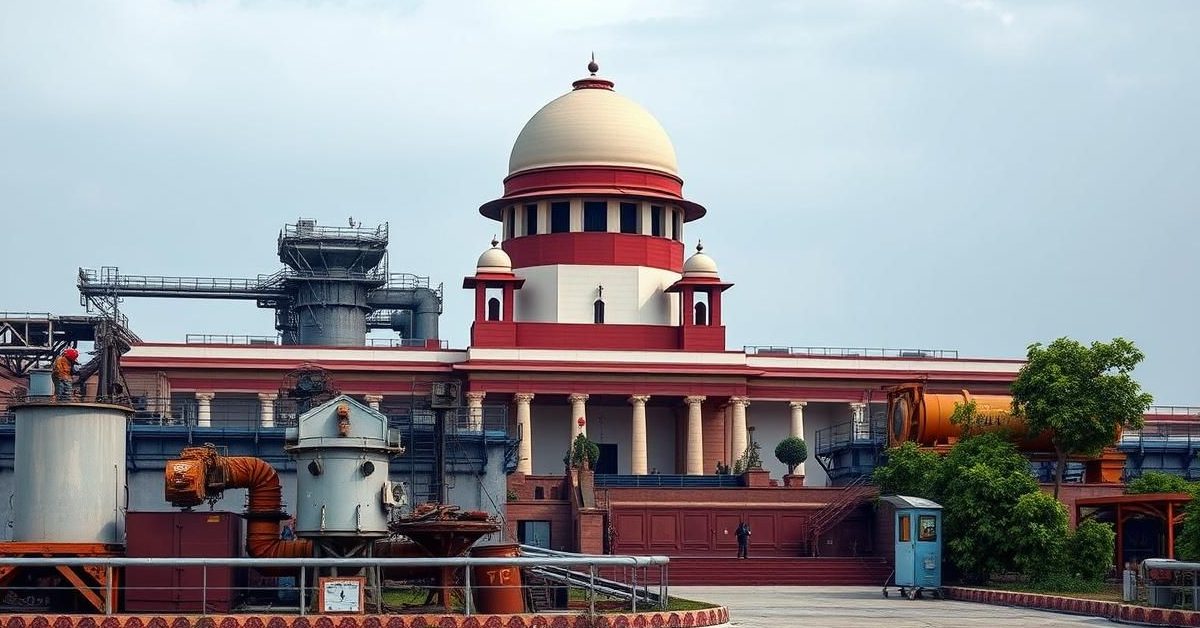The Unsettling Truth: Gaurav Taneja’s Bold Challenge to Airport Development
In the aftermath of the devastating Air India Flight 171 tragedy, a familiar voice has resonated across the digital landscape, cutting through the typical narratives with a pointed critique. Gaurav Taneja, widely recognized by his legion of fans as “Flying Beast,” and a figure who has captivated audiences on shows like Shark Tank India, has leveraged his unique background as a seasoned commercial pilot to ignite a crucial conversation. With an impressive online following nearing 10 million subscribers, Taneja’s commentary isn’t merely an opinion; it’s an informed, unsettling challenge to the very infrastructure surrounding India’s burgeoning airports.
Air India Flight 171: A Tragic Catalyst
The recent crash of Air India Flight 171 in Ahmedabad, a heart-wrenching incident that tragically claimed the lives of 270 individuals, has cast a long shadow over India’s aviation sector. As investigations unfold into the precise causes, Taneja’s intervention shifts focus from just the mechanical or human error, to a fundamental question of urban planning and safety protocols. He argues that the catastrophic outcome, specifically the high casualty count, could have been mitigated, perhaps even dramatically reduced, had the land surrounding the airport remained undeveloped, a “jungle land” as he starkly puts it.
From Cockpit to Commentary: A Pilot’s Unique Perspective
Gaurav Taneja isn’t just another influencer; his decade-long career as a commercial pilot imbues his insights with significant weight and credibility. He has navigated countless take-offs and landings, understood the critical safety margins, and witnessed firsthand the evolving landscape around major Indian airports. This deep operational knowledge allows him to speak not merely hypothetically, but from a profound understanding of aviation dynamics. His perspective, therefore, serves as a vital wake-up call, urging a re-evaluation of how urban expansion intersects with critical national infrastructure.
The “Jungle Land” Theory: Buffer Zones and Survivability
Taneja’s core argument revolves around the concept of a “runway end safety area” or RESA, and the broader idea of buffer zones. In aviation safety philosophy, unpaved or undeveloped land beyond the runway can act as a crucial deceleration area for aircraft overrunning or undershooting. Such terrain, even if rugged, offers a far greater chance of absorbing impact energy and preventing widespread damage and casualties compared to densely populated or constructed areas. He posits that if the Ahmedabad crash site had been an expansive, clear area – a metaphorical “jungle land” – instead of one potentially encroached upon by development, the devastating human toll of Flight 171 might have been dramatically different.
Urban Sprawl vs. Aviation Safety: India’s Dilemma
The rapid urbanization across India, driven by economic growth and population density, has seen cities expand at an unprecedented pace. This expansion frequently encroaches upon previously open spaces, including those surrounding airports. From Mumbai’s Chhatrapati Shivaji Maharaj International Airport to Delhi’s Indira Gandhi International Airport, the pressure to develop land for commercial, residential, or industrial purposes often clashes with the critical need for clear, unobstructed approach and departure paths, as well as adequate emergency zones. Taneja’s commentary highlights this burgeoning conflict, questioning whether economic expediency is inadvertently compromising fundamental safety principles.
A Call for Re-evaluation: Beyond Immediate Causes
The “Flying Beast” isn’t merely lamenting a past tragedy; he’s issuing a proactive warning for the future. His powerful statement challenges regulatory bodies like the Directorate General of Civil Aviation (DGCA) and urban planning authorities to scrutinize land use policies around airports more rigorously. It prompts a wider debate on whether current regulations adequately account for the real-world dangers of development encroaching too closely on critical aviation infrastructure. The conversation he’s ignited moves beyond immediate technical fault-finding to a more holistic examination of systemic vulnerabilities in urban planning and aviation safety protocols.
The Path Forward: Prioritizing Life Over Concrete
Gaurav Taneja’s influential voice has amplified a concern that resonates deeply with public sentiment: the prioritization of human life over unbridled construction. His advocacy suggests that a paradigm shift is needed, one that reinforces the importance of maintaining extensive, undeveloped buffer zones around all airports, not just in India but globally. The tragic lessons of Air India Flight 171, underscored by Taneja’s experienced analysis, serve as a stark reminder that strategic land management around aviation hubs is not merely an aesthetic choice, but an indispensable component of national safety and resilience. It’s a call to action, urging authorities to consider whether the price of unchecked development is ultimately too high to bear.















